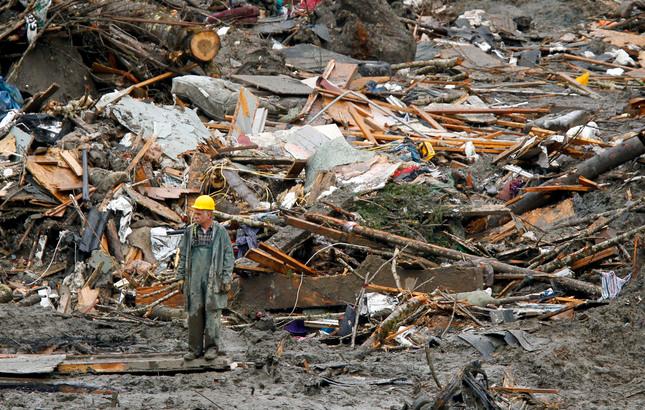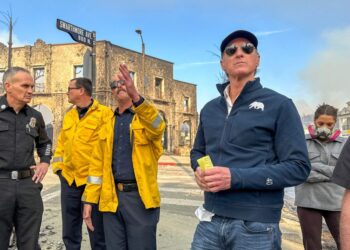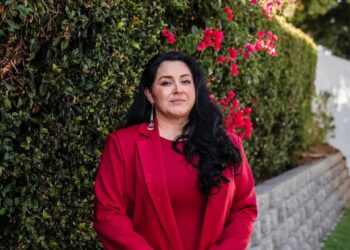By GENE JOHNSON and BECKY BOHRER | Associated Press
OSO, Wash. — After the mountainside collapsed, obliterating a neighborhood and 43 lives in the worst landslide disaster in U.S. history, Jessica Pzsonka made a promise -– to herself, to her bereft parents and to her late sister, who was buried along with two young sons, her husband and in-laws.
Pszonka would see a permanent memorial created where relatives and visitors could feel her sister’s presence and reflect on the serenity that drew the family to Oso, as well as the forces that left an immense scar in the forested Cascade Mountain foothills along the north fork of the Stillaguamish River, 55 miles (89 km) northeast of Seattle.
Ten years later, that memorial is complete, and Pszonka is leaving: She put her home up for sale and is moving, with her parents, to Texas.
“I need to get them out of here,” she said. “They cannot snap out of it. It’s like it happened yesterday, every day, when they drive by the school that the kids would have gone to.”
The trauma that engulfed Oso, a rural community of a couple hundred residents, on March 22, 2014, was a national wake-up call about the dangers of landslides. Washington state began hiring more staff and conducting more mapping to get a better handle on the risk, and it tightened guidelines on logging landslide-prone slopes amid concerns that clearcutting near the top of the scar might have helped cause the disaster.
Congress in 2020 adopted the National Landslides Preparedness Act to create a national strategy to identify, understand and protect against landslides — legislation pushed by lawmakers from Washington state, including Democratic Rep. Suzan DelBene.
“It was really hard for anyone to imagine how enormous the impact was — that you really had to be there to see that this side of a mountain collapsed into the valley and up the other side, wiping out an entire community,” DelBene said. “I personally wanted to do anything I…
Read the full article here







